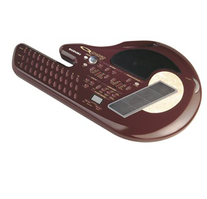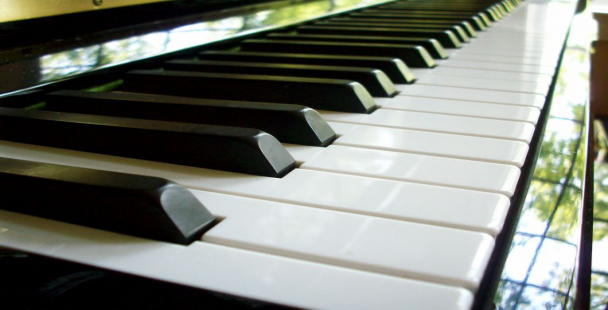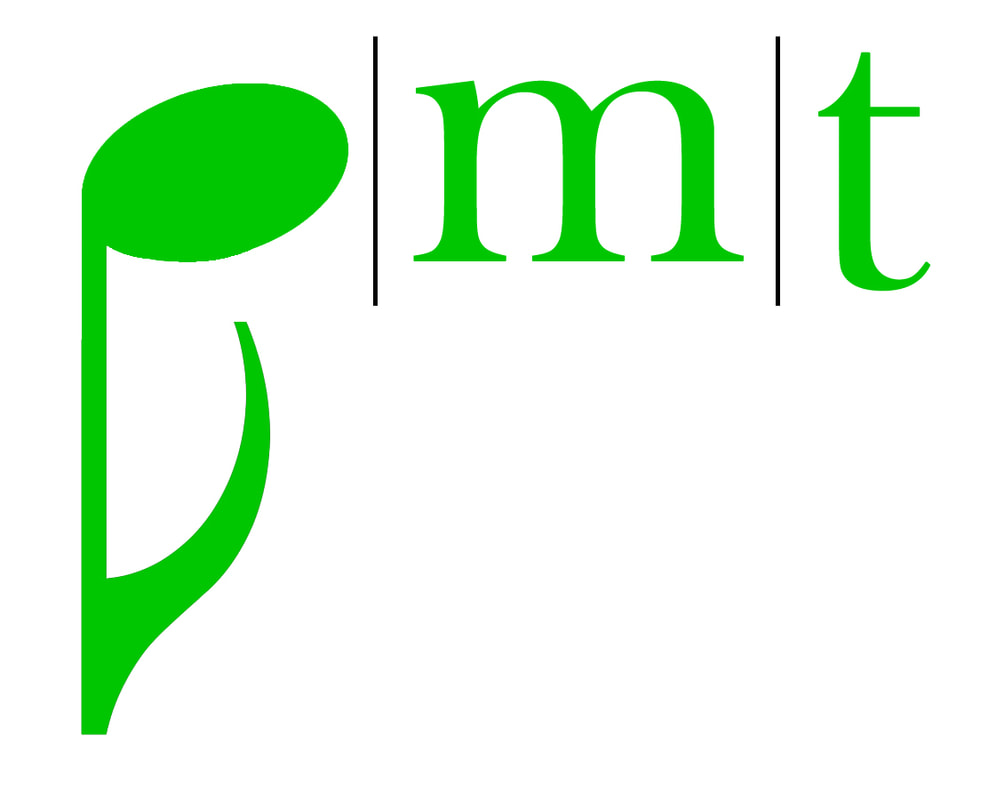Written by Ashley Tisdale, MT-BCIt's December and the holiday season is here. Sometimes we make lists (and possibly check them twice) for more materials to add to the clinical space. Instead, I'd like to focus on my top 5 instruments, apps, and materials that I utilize in my sessions!  Image source: @piedmontmusictherapy Instagram Image source: @piedmontmusictherapy Instagram #5 - ONSONG (app) I use the OnSong app on my iPad to store the lead sheets for a wide repertoire of music. We all have our "go-to" songs that we've memorized from the countless repertoire playing exams in school (Country was the hardest repertoire for me; what was yours?). OnSong is a great app that can make organizing all that repertoire easy and accessible. Simply find your song online, click the "Share" button, and select the OnSong app. Once you open the app, your lead sheet will be imported and your ready to practice! And if the chords in the song aren't correct? No problem! There's an editing tool built into the app where you can change the title, artist, chords, and words in your lead sheet! You can also organize the music into "books" or folders however you'd like.  Image Source: Amazon.com Image Source: Amazon.com #4 - Guitar/ Guitar barre Since percussion was my primary in school and I hadn't touched a string instrument since the days of my early childhood (violin) - I was pretty intimidated by the guitar. This is also the case for some clients. Learning how to play the guitar can be simplified by using finger charts, but after learning about open tuning, I have found another avenue to help empower my clients to learn a new skill and to set personal goals! When I use open tuning on a guitar, I usually use an adaptive tool called the "guitar barre". This tool allows the player to strap the bar on their hand, squeeze the tool against the neck, and strum away. The guitar barre is especially great for clients who have difficulty with fine motor skills or need to build up strength in their hands (palmar grasp). #3 - Garageband (app) This is a must have! Garageband has been near and dear to my heart since I got my iPad. This app gives everyone the ability to create and export their own music. With the easy play options on guitar, bass, and keyboard, and the "smart drummer" tool, this app is super versatile and adaptable. There's a wide variety of loops you can use as well to encourage free-style rapping and improvisatory music making. Using the Garageband app, my clients get to experiment with these instruments, record tracks, and in the end the create something they can call their own! #2 - Drums I might be a little biased, but I LOVE using drums in my sessions. Drums can be used to accomplish lots of different goals like self expression, sequencing, gross motor skills, group cohesion, just to name a few. I'm a pretty big fan of the REMO Versa Drums and paddle drums. They're lightweight, easy to transport, easy to store, and fun to play. There are also a wide variety of adaptive drum mallets for clients fine motor limitations. Drums are one of my most utilized instruments because they are super accessible and have a wide variety of extensions.  Image source: WestMusic.com Image source: WestMusic.com #1 - Q-Chord The Q-Chord is a super versatile instrument. This instrument provides a full board of chords (major, minor, and sevenths), different instrument sounds, volume and tempo settings, background music styles, you name it! The touch pad is especially perfect for clients with limited mobility in their arms and fingers. This instrument is also another great tool for clients to empower and accompany themselves musically through learning chords sequences, engaging in improvisation, and song writing! So, there you have it; my top 5 most versatile and frequently used instruments and tools!What'd you think of my list? Like and comment below with your favorites! If you have any other great apps, tools, or instruments, we'd love to hear from you!
From all of the Piedmont Music Therapy Team... Happy Holidays!
0 Comments
|
PMTProviding music therapy services for early childhood to older adults, music instruction and enrichment plus continuing music therapy education in Greater Charlotte Area of the Carolinas. Archives
May 2024
Categories
All
|
||||||
Piedmont Music Therapy is a 501(c)(3) status organization.
Piedmont Music Therapy accepts donations via venmo @piedmontmusictherapy or any amount through QuickBooks. Contact us to arrange an electronic pledge!
Main Location |
|




 RSS Feed
RSS Feed
